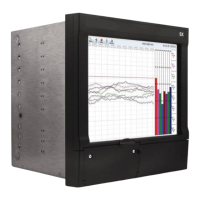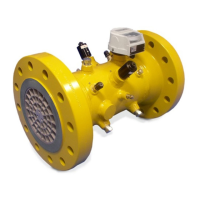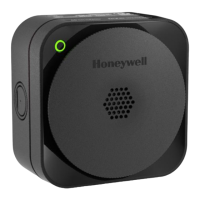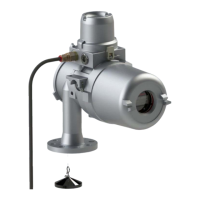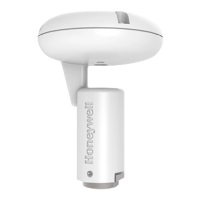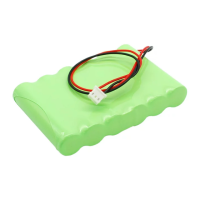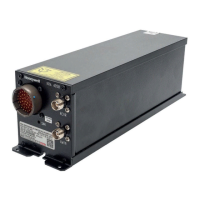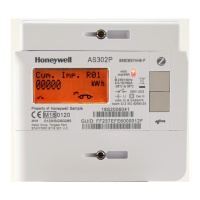Honeywell Sensing and Control 1
SC 2000, SC2001, SC3004
Rev. G, 008-0608-00
Chapter 9, “Limits”, discusses how the limits operate and de-
scribes how to alter their settings via the Limit Menus.
Chapter 10, “Strain-Gage Input Channel”, explains how to wire,
configure, operate and calibrate Strain-Gage Input Channels with
your transducers.
Chapter 11, “AC/AC-LVDT Input Channel”, explains how to wire,
configure, operate and calibrate AC/AC-LVDT Input Channels
with your transducers.
Chapter 12, “High-Level Input Channel”, explains how to wire,
configure, operate and calibrate High-Level Input Channels with
your amplified transducers, in-line amplifiers, or dc-dc LVDTs.
Chapter 13, “Relay Output Channel”, describes how a Relay
Output channel can enable additional limits in the instrument.
Chapter 14, “DAC Output Channel”, explains the configuration
and operation of additional digital-to-analog voltage or current
outputs.
Chapter 15, “Split Display Virtual Channel”, shows how you can
display two values from any of the channels in the instrument at
the same time.
Chapter 16, “Mathematics Virtual Channel”, describes the flex-
ibility of customer-specific SensoCode programming.
Chapter 17, “Error Messages”, lists error messages that the
instrument may display, describes their causes and, where pos-
sible, suggests solutions.
Chapter 18, “Setup Menu Reference”, is a list of all SETUP
menus and a cross-reference to related information in this instruc-
tion manual.
Chapter 1 - Introduction
1.1 About this manual
1.1.1 Scope
This manual will explain the setup, features and operation of
3rd generation SC Series instruments, specifically the models
SC2000, SC2001 and SC3004.
Further information about customer specific programming and
setup will be explained on the Customer Information Sheet that is
provided with every instrument.
1.1.2 Conventions
This manual uses the following conventions to present informa-
tion:
[TEXT IN BRACKETS] The label of a front panel button.
DISPLAY
Text that appears on the display, such
as error messages or menu items.
-> Indicates that what follows is an item
from a sub-menu, such as SYSTEM
MENU -> DIAGNOSTICS.
1.1.3 Organization
Chapter 1, “Introduction”, offers general information about the
SC Series and this instruction manual.
Chapter 2, “Getting Started Quickly”, provides an overview of
how to get started quickly if your instrument and transducers
were ordered at the same time, or if Signature Calibration is used.
Chapter 3, “Operating Modes”, discusses the significant fea-
tures of the SC Series and operation procedures when the instru-
ment is in the INITIALIZE, RUN, ERROR or SETUP modes.
Chapter 4, “Chassis Models”, explains the differences between
the SC2000, SC2001 and SC3004 chassis. Information relating to
the hardware chassis such as panel and rack mounting is given.
Chapter 5, “System Connector”, contains information about wir-
ing to the 25-pin System connector to access the Limit Outputs,
Function Inputs and serial communications.
Chapter 6, “System Menu”, discusses the System Menu which
allows you to examine and change settings that affect the opera-
tion of the chassis.
Chapter 7, “Serial Communications”, briefly describes RS-232
and RS-485 communications. It also shows how to use the SE-
RIAL COM Menu to examine the settings and test the RS-232 or
RS-485 communications.
Chapter 8, “Display Menu”, describes the Display Menu which
allows you to change what is displayed on the lower line of the
SC2000 and SC2001 instruments.
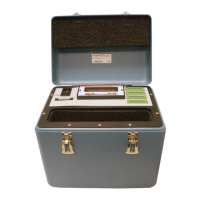
